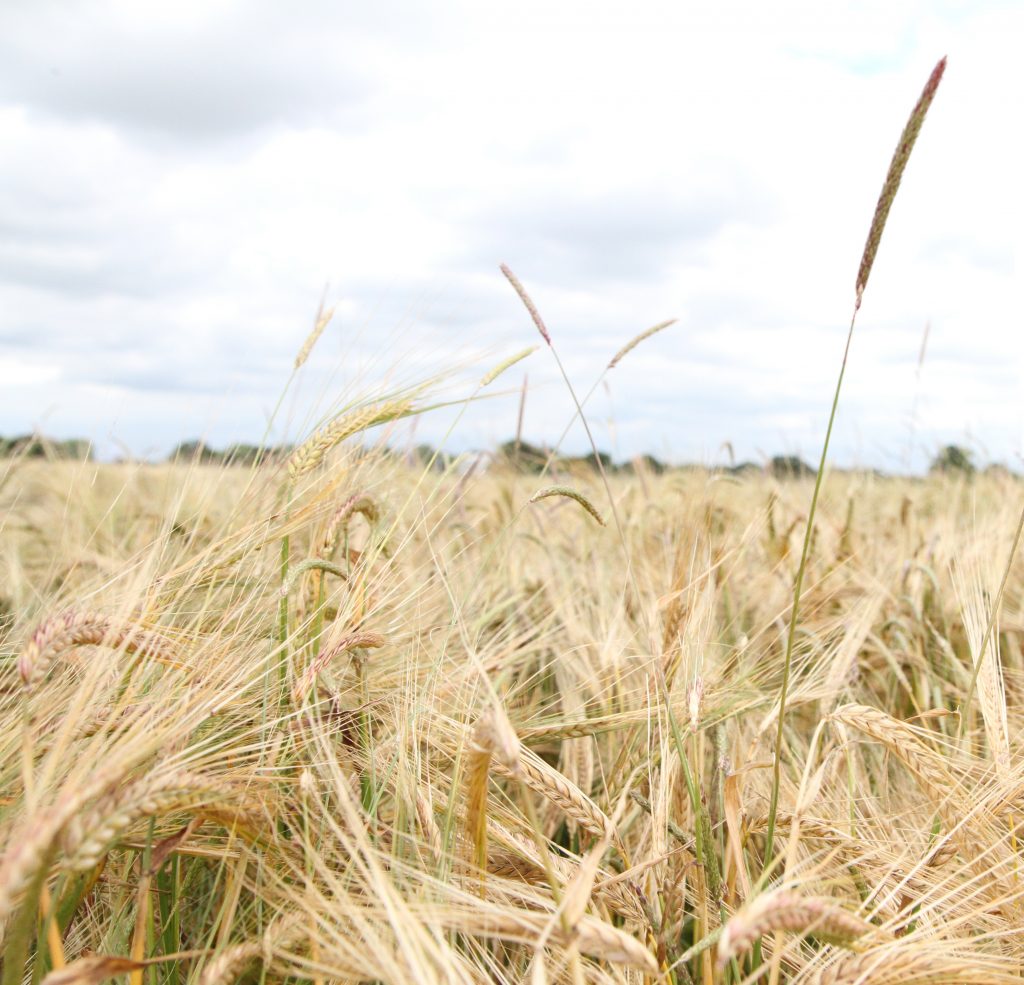Giant black-grass requires lock stock approach
29th July 2016
Bigger black-grass heads and increased tiller numbers have been the topic of conversation for growers this year. If not managed effectively, this could pose a heightened risk for growers this
Bigger black-grass heads and increased tiller numbers have been the topic of conversation for growers this year. If not managed effectively, this could pose a heightened risk for growers this autumn.
Nigel Riches, Arable Technical Specialist for Certis, explains what he’s been seeing in the field. “Black-grass is a problem that in the past has generally been confined to the main arable areas, in the east of the country.
“But increasingly we’re seeing this pernicious weed spreading further west each season. Where previously black-grass has not been a big issue in the region, it is now significantly reducing yields.
“This year in particular, we’ve witnessed trial work where black-grass plants have yielded more seeds per head than previously seen, with plant tiller numbers between 10 and 30, whereas last year we were seeing between 6 to 15 tillers per plant. This is potentially due to the warm and wet winter and spring we’ve experienced.
“Consequently, if not kept on top of, black-grass could be back to haunt growers next year with a vengeance,” adds Mr Riches.
Year on year, growers are being encouraged to use all the tools in the box, and fully utilise cultural control methods in order to keep on top of black-grass. “Growers need to see the benefit of taking a proactive approach to managing black-grass that consists of cultural control methods, combined with a robust herbicide programme,” he says.
A recent study published by AHDB Cereals and Oilseeds has found that by delaying sowing by roughly three weeks from mid to late September, to early or mid-October, resulted in an average of 33% less black-grass plants per metre squared. This, combined with other control options such as ploughing, spring cropping and higher seed rates can all help control this weed.
Chris Charnock, Arable Product Manager at Certis, explains that pre-emergence herbicides are key to controlling black-grass especially at the early growth stages. “As long as there is enough moisture at the time of application, pre-emergence herbicides are vital and effective.

Chris Charnock.
“Stacking several products with different modes of actions, one of which includes flufenacet, will help in the fight against this economically damaging weed, while helping contribute to resistance management to prolong the life of the few modes of action we currently have.
“A minimum of 97% control is needed each season in order for black-grass infestations to remain static. Considering what we’ve seen this year, growers need to be planning ahead as to how they are going to best keep on top of black-grass in a way that’s suited to their farming system,” says Mr Charnock.

